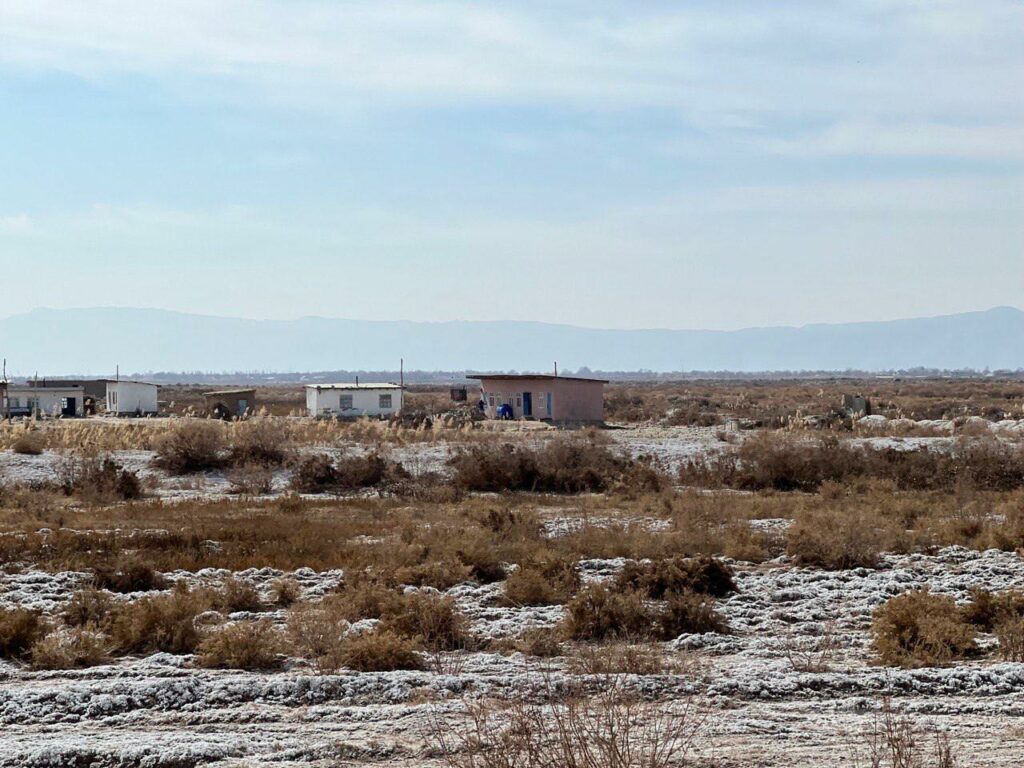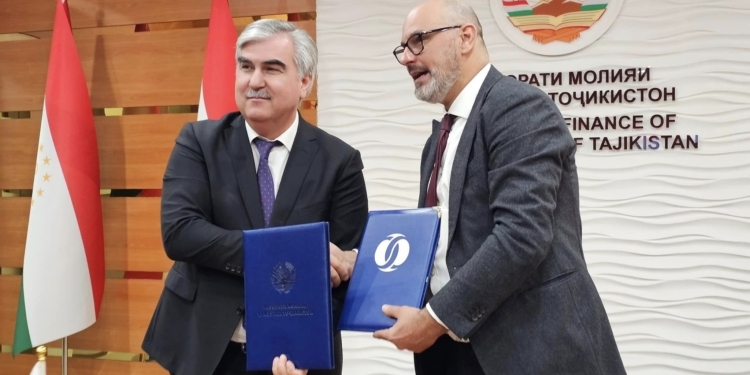The damage caused by them amounted to $500 million.
Over the past 10 years, more than 4,000 natural disasters have occurred in Tajikistan, resulting in 411 people being injured.
These data were reported by the Chairman of the Committee for Emergency Situations and Civil Defense under the Government of Tajikistan, Rustam Nazarzoda, at the 9th meeting of ministers on disaster risk reduction of the Economic Cooperation Organization (ECO) member states, which is taking place today in Dushanbe.
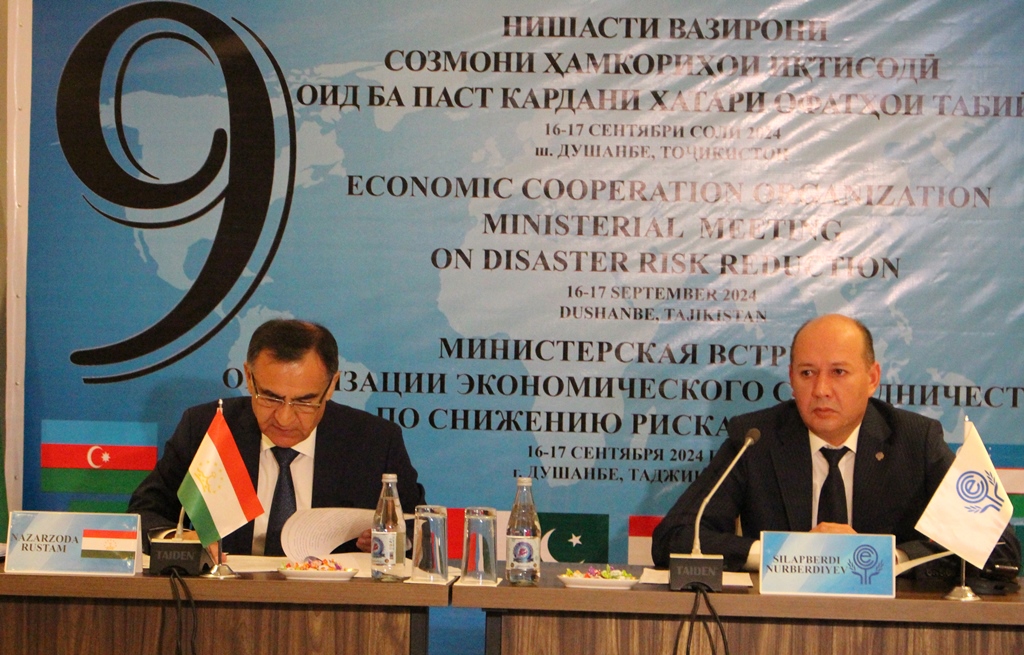
According to Nazarzoda, the amount of damage from the elements during this period amounted to more than $500 million.
“The number of emergency situations has increased by 2.3 times compared to the previous decade, and the amount of damage has grown by 1.2 times,” he said.
Nazarzoda stressed that Tajikistan is particularly vulnerable to natural disasters due to its geographical location, where 93% of the territory is covered by mountains, as well as due to climate change.
He also noted that over the past decade, more than 70 million people have suffered from natural disasters in the ECO region.
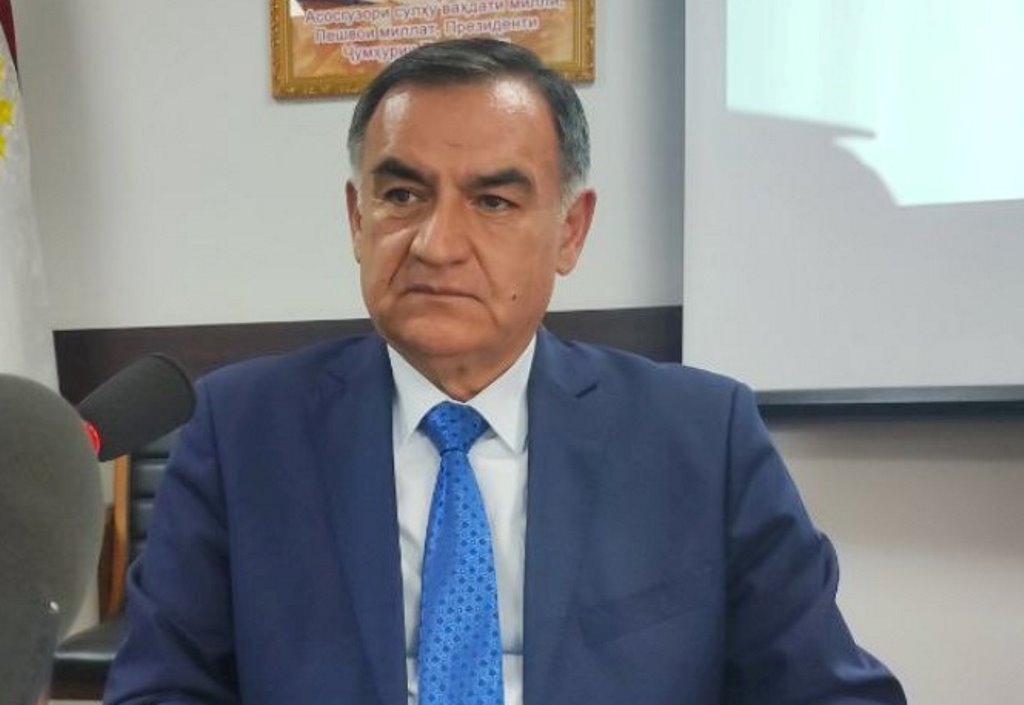
In his speech, the head of the Committee noted that the decision to establish a regional technical expert group of the ECO to update the disaster risk reduction framework and develop a roadmap for 2025-2030 is very important. In his opinion, this will facilitate the implementation of the Sendai Framework for Disaster Risk Reduction, conduct expert analysis and establish ECO disaster funds in the region, which will strengthen cooperation between countries and improve the integration of risk reduction measures.
Today’s meeting is attended by heads and representatives of ministries and departments authorized in the field of disaster risk management from Azerbaijan, Kazakhstan, Tajikistan, Turkmenistan, Turkey, Iran and Pakistan, as well as representatives of diplomatic missions and international organizations accredited in Tajikistan.
The meeting will focus on cooperation in disaster risk reduction. The meeting is expected to result in a Declaration that will reflect joint efforts to improve response and risk management.
The Economic Cooperation Organization (ECO) is a regional interstate economic organization established in 1985 by the countries of Central Asia and the Middle East. Until the beginning of 1992, cooperation within the ECO was predominantly bilateral. Since 1992, the activities of the ECO have significantly intensified due to the voluntary accession of seven new states – Kazakhstan, Azerbaijan, Afghanistan, Kyrgyzstan, Tajikistan, Turkmenistan and Uzbekistan. The ECO enjoys observer status in the UN and also has observer status in the Organization of Islamic Cooperation (OIC). In the relations between the ECO countries, economic components prevail and the political focus is less pronounced. The main political and economic parameters of the ECO activities are established at summits of the heads of state of the ECO member countries, held every two years.
As reported by the Emergency Situations Committee, the day before, Rustam Nazarzoda held a number of meetings with the heads of departments participating in the conference.
In particular, he met with the head of Turkey’s Disaster and Emergency Management Department (AFAD) Okay Memis and the head of Iran’s National Disaster Management Authority Mohammad Hassan Nami.
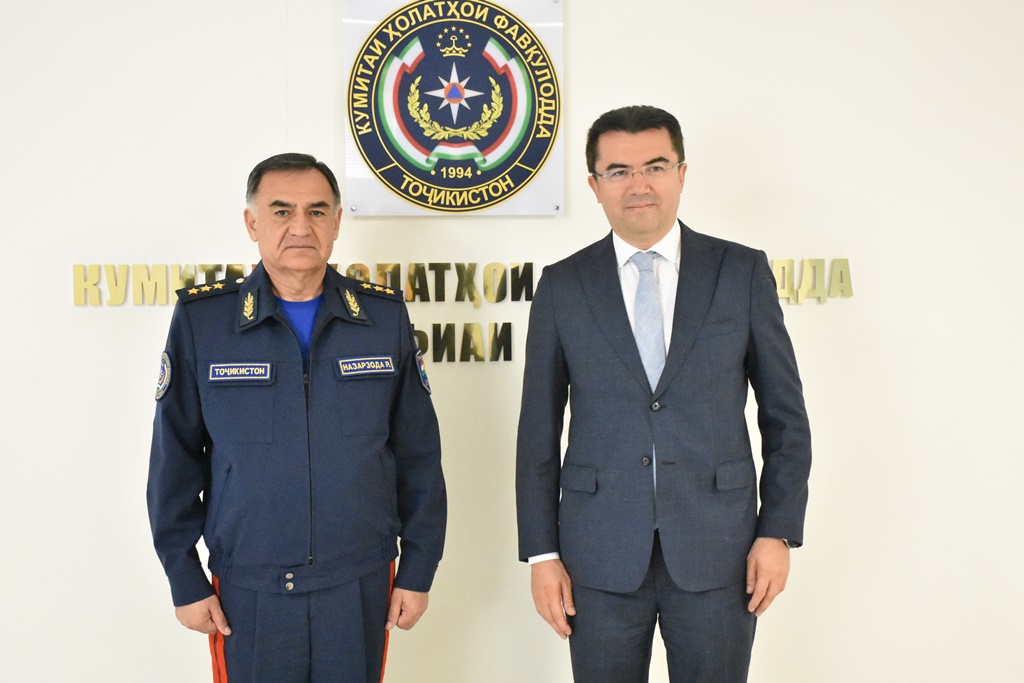
Following these meetings, agreements were reached on assistance to Tajikistan in matters of preventing natural disasters, organizing training courses, training and retraining personnel, and improving public awareness of the country’s rescue department.
Подробнее: https://asiaplustj.info/ru/news/tajikistan/security/20240917/v-tadzhikistane-za-poslednee-desyatiletie-proizoshlo-bolee-4000-stihiinih-bedstvii


